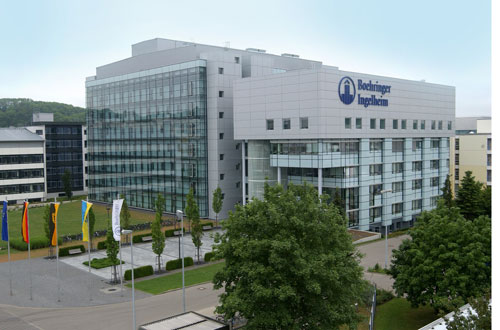
Boehringer Ingelheim’s psoriasis candidate BI 655066 has outperformed Johnson & Johnson’s rival drug Stelara in a phase II trial, setting the drug on course to start pivotal trials.
After 12 weeks’ treatment, the interleukin-23 (IL-23) inhibitor achieved clear or almost clear skin in twice as many patients as Stelara (ustekinumab), which blocks both IL-23 and IL-12, according to the study.
BI 65066 achieved a Psoriasis Area and Severity Index (PASI) score of 90 or more – indicating 90%-plus lesion clearance – in 77% of patients with moderate-to-severe plaque psoriasis after 12 weeks, while Stelara achieved that outcome in 40%.
Using a secondary efficacy measure called the static Physician Global Assessment (sPGA), 90% of BI 655066-treated patients had almost clear or clear skin, compared to 67.5% of the Stelara group, and the two drugs had similar safety and tolerability profiles.
Reporting the results at the American Association of Dermatology (AAD) conference in San Francisco, lead investigator Alexander Papp of Probity Medical Research in Canada described the results as “compelling”, given the high level of PASI 90 response and also that the benefits of therapy with BI 655066 seemed to extend beyond 12 weeks.
“Achieving clear or almost clear skin can make a real difference to patients as they have to deal with the daily impact of psoriasis,” he said.
Boehringer’s drug is the latest in a series of new biologic agents to show superior efficacy to Stelara, which has grown quickly to achieve sales of $1.3bn last year as a better-tolerated alternative to tumour necrosis factor (TNF) inhibitors in psoriasis therapy.
The psoriasis sector is set to get increasingly competitive however after the approval towards the end of last year of Novartis’ IL-17 inhibitor Cosentyx (secukinumab), which has two-year data indicating superiority over Stelara and has been tipped to make $1bn-plus in sales.
AstraZeneca (AZ) and Amgen’s brodalumab and Eli Lilly’s ixekizumab are now competing for second place in the IL-17 inhibitor category – with equally impressive results in clinical trials – and could be on the market next year. That means BI 655066 is likely to find the going tough by the time it is ready for market.
Meanwhile, Novartis reported additional two-year data at the AAD showing that more than 70% of Cosentyx-treated patients had a PASI 90 or better response, with 44% achieving completely clear skin (PASI 100) at that timepoint.
For its part, Boehringer and its clinical investigator partners believe BI 655066 has a profile that could differentiate it from rivals, arguing that IL-23 is central to a cascade of cytokine interactions that cause the inflammation in the skin of psoriasis patients.
A single injection of the antibody achieves a rapid, durable and sustained clinical improvement for at least six weeks, according to phase I data published online in the Journal of Allergy and Clinical Immunology earlier this month.




